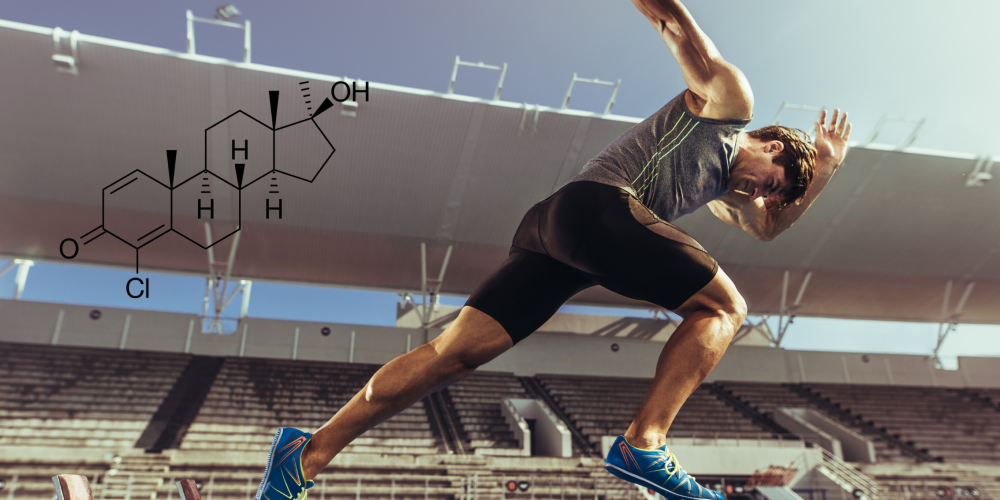Jump Higher, Run Faster: Exploring the Benefits of Plyometrics
Plyometrics is a form of exercise that involves explosive and powerful movements designed to increase muscular power and speed. The exercises typically involve jumping, bounding, and hopping movements that challenge the muscles to generate maximum force in a short amount of time.
The key principle behind plyometric exercises is the stretch-shortening cycle. This refers to the way in which the muscles and tendons work together to store and release energy. During the eccentric (lengthening) phase of a movement, the muscles and tendons are stretched, creating a potential energy. Then during the concentric (shortening) phase, that energy is released, resulting in a powerful contraction.
Plyometric exercises can benefit athletes of all levels and types, as well as anyone looking to improve their overall fitness. These exercises increase muscular power, improve speed of muscle contractions, improve balance and coordination, and can even improve bone density.
However, it is important to note that plyometric exercises can be high-impact and can put stress on the joints, particularly the knees and ankles. Therefore, proper form and progression is crucial to prevent injury. Beginners should start with low-impact exercises, such as skipping and box jumps, and gradually increase both the intensity and complexity of their plyometric program over time.
Injury prevention should be a top concern when implementing plyometric exercises. Some tips to prevent harm include: always perform a thorough warm-up before starting, properly land on a soft surface, wear proper footwear and use proper technique, and always listen to your body and stop if you feel any pain or discomfort.
Here are a few examples of plyometric exercises, with tips on how to perform them safely and effectively:
- Plyometric Box Jumps: This exercise involves jumping onto a sturdy box or platform. Beginners should start with a lower box and work their way up to a higher box as their strength and technique improves. To perform the exercise:
- Stand in front of the box with feet hip-width apart
- Lower into a quarter squat position, then jump onto the box, landing with both feet at the same time
- Step down off the box one foot at a time, then repeat for desired number of reps
- Skater Jumps: This exercise targets the glutes, quads, and core, while also improving balance and coordination. To perform the exercise:
- Start by standing on one foot with the other foot lifted slightly off the ground
- Jump to the side, landing on the other foot with the original foot lifted slightly off the ground
- Continue jumping side to side, always landing on one foot and keeping the other foot lifted
- As your strength and technique improve, you can add a hop as you land on each foot to make the exercise more challenging
- Plyometric Push-Ups: This exercise involves explosive push-ups that challenge the chest, shoulders, and triceps. To perform the exercise:
- Start in a standard push-up position, with hands slightly wider than shoulder-width apart
- Lower your chest towards the ground, then push up with enough force to lift your hands off the ground
- Land with your hands back in the starting position and immediately repeat for desired number of reps
In addition to these exercises, there are a few techniques you can use to make your plyometric workout as safe and effective as possible:
- Use proper landing technique: When landing from a jump or hop, always land with soft knees to absorb the impact. Avoid landing with straight legs, which can put unnecessary stress on the joints.
- Progress gradually: Start with low-impact plyometric exercises and gradually increase the intensity and complexity of your workout over time. Trying to do too much too soon can increase your risk of injury.
- Rest between sets: Plyometric exercises are very demanding on the body, so it’s important to take adequate rest between sets to allow your muscles to recover.
- Listen to your body: If you feel pain, discomfort, or fatigue during a plyometric workout, it’s important to stop and rest. Pushing through pain can increase your risk of injury.
By incorporating plyometric exercises into your workout routine, you can take your fitness to the next level. Plyometrics offer numerous benefits, including increased power, speed, and agility, while also being low-impact and versatile enough for anyone to try.
Whether you’re an athlete looking to improve your performance on the field, or just someone looking to get in better shape, plyometrics can be an effective and fun way to challenge yourself physically and see results. So why not give plyometrics a try and see how far you can jump, run, and push your limits.









